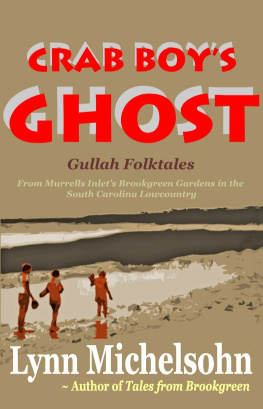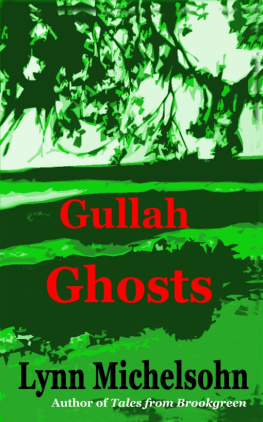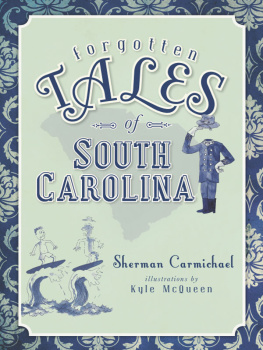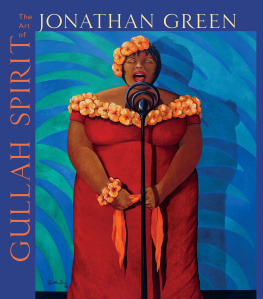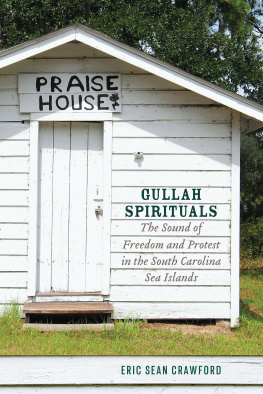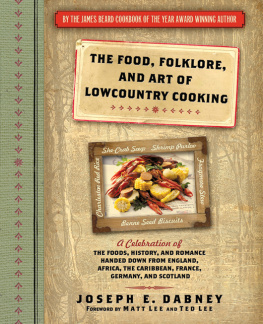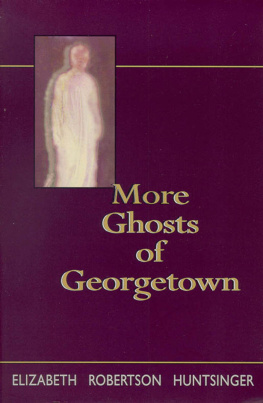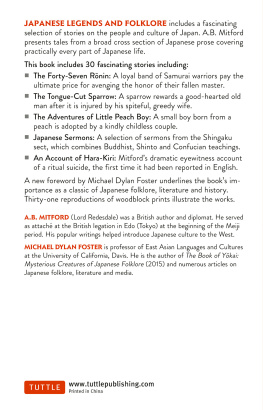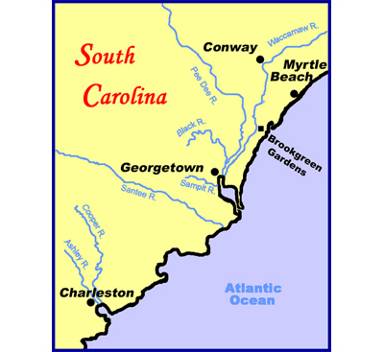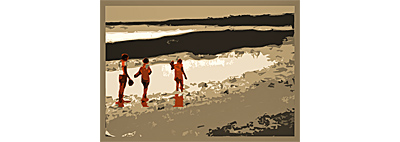Lynn Michelsohn - Crab Boy’s Ghost: Gullah Folktales from Murrells Inlet’s Brookgreen Gardens in the South Carolina Lowcountry
Here you can read online Lynn Michelsohn - Crab Boy’s Ghost: Gullah Folktales from Murrells Inlet’s Brookgreen Gardens in the South Carolina Lowcountry full text of the book (entire story) in english for free. Download pdf and epub, get meaning, cover and reviews about this ebook. year: 2013, publisher: CreateSpace Independent Publishing Platform, genre: Detective and thriller. Description of the work, (preface) as well as reviews are available. Best literature library LitArk.com created for fans of good reading and offers a wide selection of genres:
Romance novel
Science fiction
Adventure
Detective
Science
History
Home and family
Prose
Art
Politics
Computer
Non-fiction
Religion
Business
Children
Humor
Choose a favorite category and find really read worthwhile books. Enjoy immersion in the world of imagination, feel the emotions of the characters or learn something new for yourself, make an fascinating discovery.
- Book:Crab Boy’s Ghost: Gullah Folktales from Murrells Inlet’s Brookgreen Gardens in the South Carolina Lowcountry
- Author:
- Publisher:CreateSpace Independent Publishing Platform
- Genre:
- Year:2013
- Rating:5 / 5
- Favourites:Add to favourites
- Your mark:
Crab Boy’s Ghost: Gullah Folktales from Murrells Inlet’s Brookgreen Gardens in the South Carolina Lowcountry: summary, description and annotation
We offer to read an annotation, description, summary or preface (depends on what the author of the book "Crab Boy’s Ghost: Gullah Folktales from Murrells Inlet’s Brookgreen Gardens in the South Carolina Lowcountry" wrote himself). If you haven't found the necessary information about the book — write in the comments, we will try to find it.
Meet the restless spirit of a young boy lost forever to a fierce marsh creature. Now he haunts the maze of Murrells Inlet marshes as a droll, the wandering ghost of a child who has died an unnatural death.
Then enjoy the antics of friendlier inhabitants of nearby Waccamaw swamp: Brother Frog, Brother Rabbit, and Brother Gator, each trying to outwit the other.
Please Note: This book (5000 words, five illustrations, plus a brief selection from another of Lynn Michelsohns Lowcountry tales) is a part of the Tales from Brookgreen Series. All of these charming Gullah folktales are included in Lynn Michelsohns longer collection, Tales from Brookgreen, with its accounts of South Carolina ghosts and lovers, historical characters and mysterious visitors on historic Lowcountry rice plantations. The story, Crab Boys Ghost, also appears in the short collection, Gullah Ghosts.
The Series, Tales from Brookgreen:
Brookgreen Gardens storytellers share history and folklore from Murrell Inlets popular tourist attraction near Myrtle Beach in these collections of Folklore, Ghost Stories, and Gullah Folktales of the South Carolina Lowcountry.
The Storytellers:
Two sixty-ish Southern ladies serving as Hostesses at Brookgreen Gardens told these stories of the South Carolina Lowcountry to visitors during the middle of the Twentieth Century. Now, Lynn Michelsohn recounts them to a wider audience.
The Setting:
Brookgreen Gardens, a sculpture garden and wildlife preserve created in the 1930s by Archer and Anna Hyatt Huntington from four historic Lowcountry rice plantations rich with folklore, displays American sculpture along its pathways winding through ancient live oaks draped with Spanish moss.
* * * Amazon reviewers praise Lynn Michelsohns Lowcountry series,
Tales from Brookgreen * * *
the perfect mix of history and folklore told in a lovely style
a vivid picture of the area and the people
a must read for history buffs, folklore lovers and those that just love to hear old stories
each of the stories are extremely well-written and make you feel like youre sitting there ... listening to the women speak their tales
the reader experiences the chapters as oral storytelling told in the voices of the women who passed the stories along
beautifully written stories by an author obviously familiar with the charm that is the Old South
I heartily recommend it to everybody!
Find more Lowcountry tales in . . .
~ Books from Lynn Michelsohns first series, Tales from Brookgreen:
Lowcountry Ghosts--history, mystery, and romance from the South Carolina coast.
Gullah Ghosts--tales from African-American Gullah culture in the Carolina Lowcountry.
Tales from Brookgreen (The Complete Series)--history, folklore, and ghost stories from Brookgreen Gardens in the South Carolina Lowcountry.
~ Additional short collections from Lynn Michelsohns second series, More Tales from Brookgreen:
Lowcounry Hurricanes--stories of joy, tragedy, and survival.
Lowcountry Confederates--Rebels, Yankees, and historic South Carolina rice plantations
Lynn Michelsohn: author's other books
Who wrote Crab Boy’s Ghost: Gullah Folktales from Murrells Inlet’s Brookgreen Gardens in the South Carolina Lowcountry? Find out the surname, the name of the author of the book and a list of all author's works by series.

